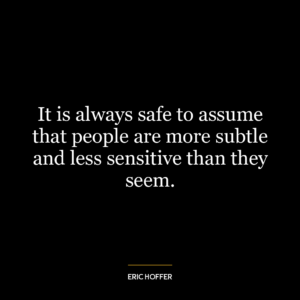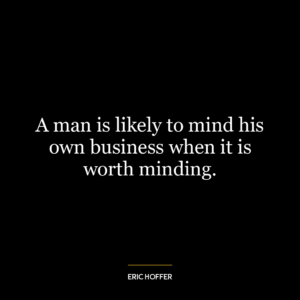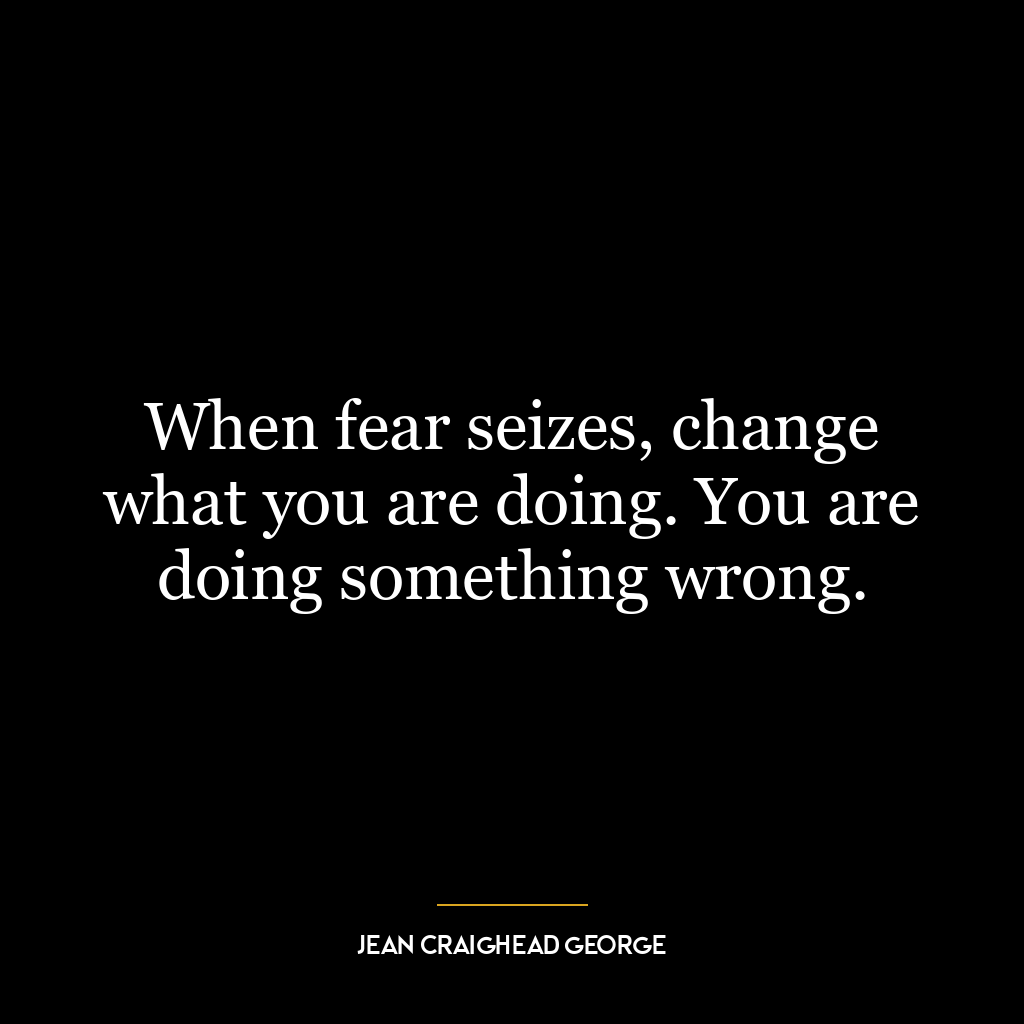You can discover what your enemy fears most by observing the means he uses to frighten you.
This quote implies that the tactics or strategies used by an adversary to provoke fear or anxiety in you are likely reflective of their own fears. Essentially, they project their fears onto you, using methods they believe would scare them the most. This suggests a deep psychological insight: people often assume others share their fears, so they use what they fear most as a weapon, thereby inadvertently revealing their own vulnerabilities.
This concept can be seen in various aspects of modern life. For instance, in politics, a party or politician may attempt to incite fear in the public about a particular issue that they themselves are worried about. Recognizing this can provide insight into their concerns and potential weaknesses. In the corporate world, companies often try to instil fear in their competitors by showcasing their strengths in areas where they feel most vulnerable.
From a personal development perspective, understanding this idea can be a powerful tool. In any form of conflict or competition, being able to identify the fears of your opponent gives you an advantage. It allows you to better understand their motivations and potentially predict their actions. Additionally, recognizing this pattern in yourself can help you identify and confront your own fears. If you find yourself using certain tactics to intimidate or compete with others, it might be worth considering whether those tactics reflect your own insecurities or fears.
So, this quote is not just about understanding others, but also about self-awareness. By acknowledging and addressing our fears, we can become more confident and effective in our interactions with others.















